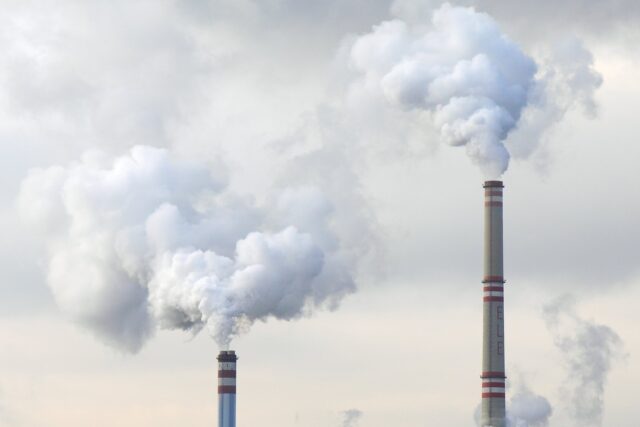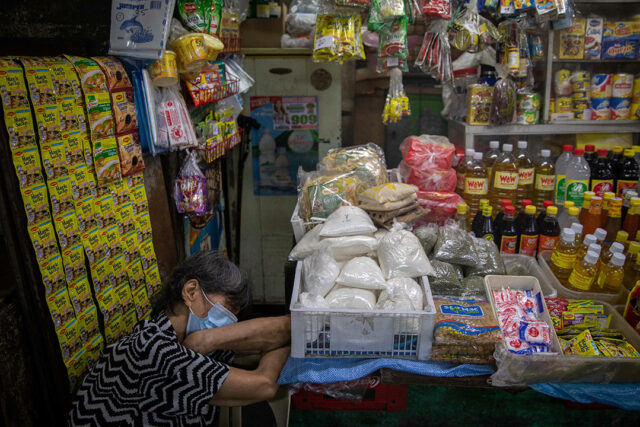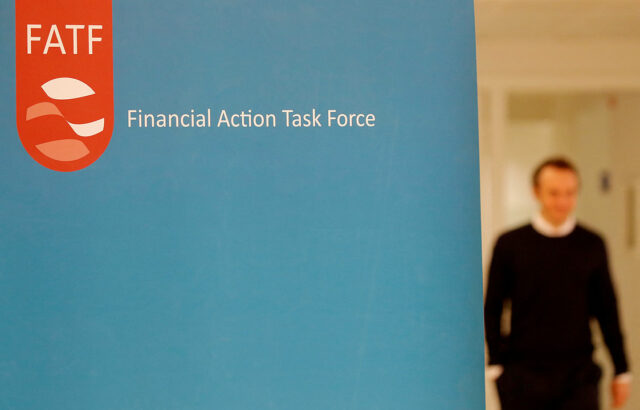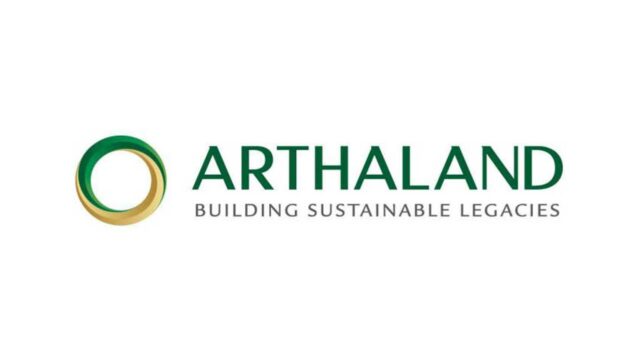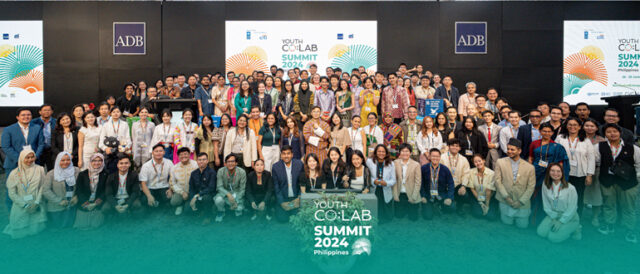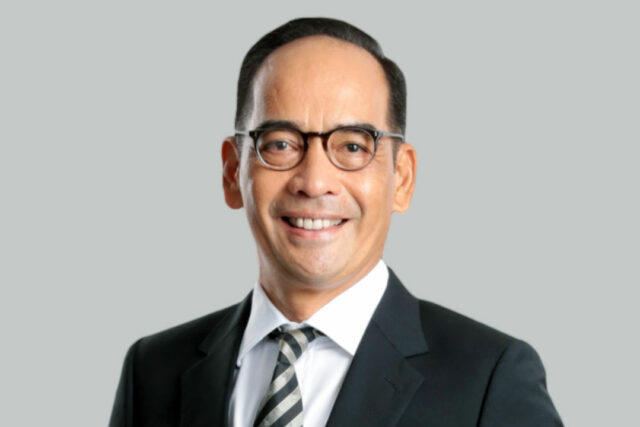Ex-Philippines president Duterte’s senate election bid poses threat to former ally Marcos
MANILA – The Philippines’ dominant Marcos and Duterte political dynasties, uneasy allies for two years, are gearing up for an election showdown that could upset policy stability in the Southeast Asian nation in the coming years.
Vice President Sara Duterte’s resignation as education minister in President Ferdinand Marcos Jr’s cabinet was followed on Tuesday by her bombshell announcement that her father, ex-President Rodrigo Duterte, and two brothers would run for the Senate next year.
The collapse of the alliance had long been expected, but the political challenges by the Duterte men could upset Mr. Marcos’ hopes of consolidating power so he can groom a potential successor for 2028, when analysts say Sara Duterte may seek the top job. Philippine presidents are limited to a single six-year term.
“It is a threat,” said Jean Encinas-Franco, a University of the Philippines political science professor. “It is a message to the Marcoses as it is a message to the Filipino people that ‘we are alive and kicking’.”
Mr. Marcos, 66, shrugged off the Dutertes’ plans, telling reporters on Thursday, “It’s a free country. They’re allowed to do whatever they want.”
It is unclear how the potential candidacies by Duterte, 79, and his sons – they would not file for the Senate races until October – might affect policy in the near term. But victories in the May midterm elections by the Duterte family, backed by their strong political base, could complicate Mr. Marcos’ efforts to pass laws that diverge from the Dutertes’ interests.
The former president may be motivated to run for “political protection”, said Manila-based political analyst Julio Amador. Duterte is being investigated by the International Criminal Court (ICC) over his signature “war on drugs” campaign, where thousands were gunned down in what authorities called vigilante killings during his 2016-2022 presidency.
Harry Roque, his spokesperson when he was president, dismissed the suggestion, saying the court has no jurisdiction over the Philippines.
COMPLEX PARTNERSHIP UNRAVELS
The Marcos and Duterte clans joined together opportunistically in 2022, sweeping the president and vice president into office despite stark differences between the two patriarchs in style as well as policy.
In a political culture where personality often trumps ideology, Mr. Marcos, the popular son and namesake of the late strongman Ferdinand Marcos Sr, presents a polished if bland image, in contrast to the brash and sometimes profane Rodrigo Duterte.
Mr. Marcos has pivoted foreign policy back toward traditional ally the United States and sharply confronted China, with which Mr. Duterte was friendly, over maritime disputes, while starting potential peace talks with communist rebels.
Highlighting the complicated political partnership, Mr. Marcos has said Manila was considering rejoining the ICC but would “not lift a finger” to assist its investigation of Mr. Duterte, a former mayor and prosecutor.
Mr. Marcos had a 55% public approval rating in March, below that of Sara Duterte at 67%, with both declining from three months earlier, according to the latest quarterly opinion survey by independent pollster Pulse Asia Research.
Sara Duterte, 46, had been tipped to win the 2022 presidential election but shifted to run with Mr. Marcos, seeing off any other rivals and sealing the comeback for the disgraced Marcos dynasty.
A survey last year by pollster Social Weather Stations showed her the top pick for president in 2028.
Eleven months out from the midterms, Rodrigo Duterte is favored to win a Senate seat and his sons, although trailing, could ride their father’s coattails into office, polls show. They also show likely Senate re-election for two of his closest allies – a former aide and the former police chief who oversaw his drugs war.
PROTECTION OR PLOY?
Three Dutertes in the Senate could tip the scales in the chamber, and it would not be farfetched for the patriarch to be voted Senate president, analysts say.
This could put Mr. Marcos at risk of censures and congressional probes, paving the way for the Dutertes to co-opt independents and sideline opponents.
“In the Senate it is easy to launch investigations which can make or break presidential ambitions,” said Ms. Franco at the University of the Philippines.
Political cover from the ICC could be a motivation for the former president. Duterte removed the Philippines from the Hague court in 2018 over its probe of him. He lost immunity as head of state when he left office.
“Would the Senate give up a sitting senator to an international tribunal?”, said analyst Mr. Amador.
Former presidential adviser and veteran political analyst Ronald Llamas said the Dutertes are “facing an existential crisis”, given the ICC probe and Marcos’ dangling the possibility of rejoining the court.
“Their backs are against the wall.”
Mr. Roque, Mr. Duterte’s presidential-era spokesman, said the “ICC had lost its jurisdiction” when the prosecutor sought approval for the probe after Manila’s withdrawal went into effect. “Full stop.”
Flirting with potentially destabilizing Senate campaigns could also be “a ploy to be in the news” by the Dutertes, Mr. Amador said.
“Basically reminding the Filipino people that they are still a powerful name,” he said. “They have an impact on national politics.” – Reuters


